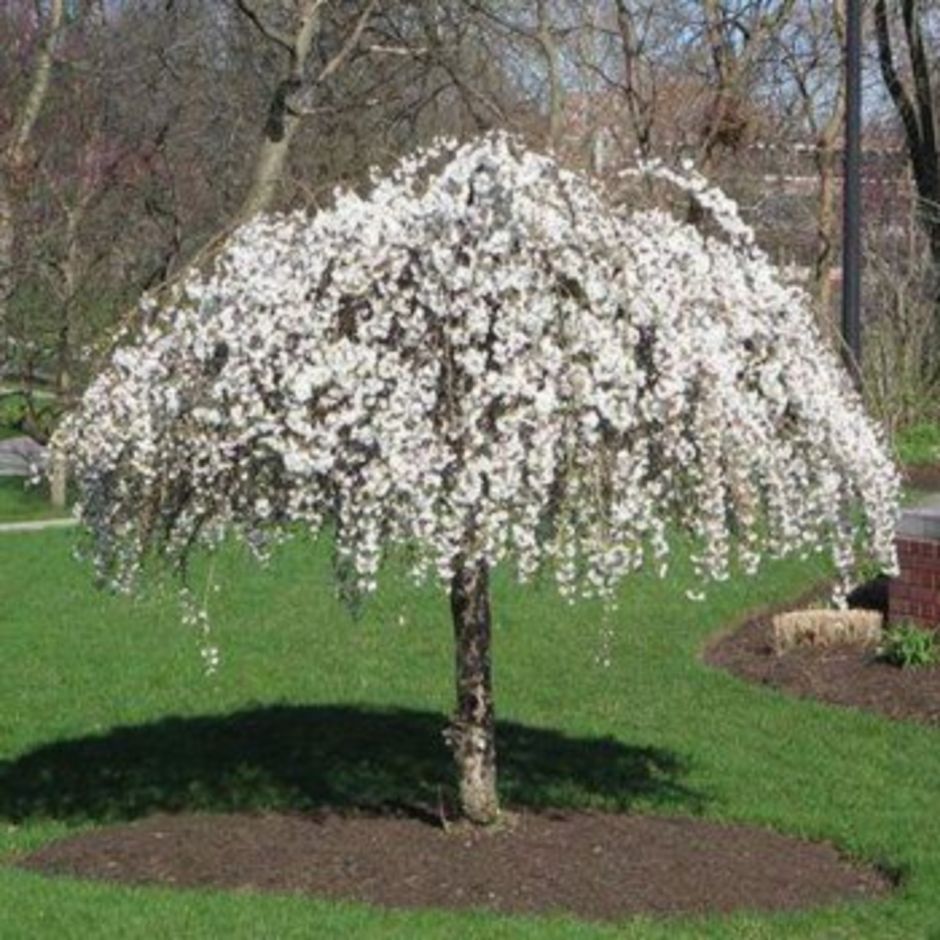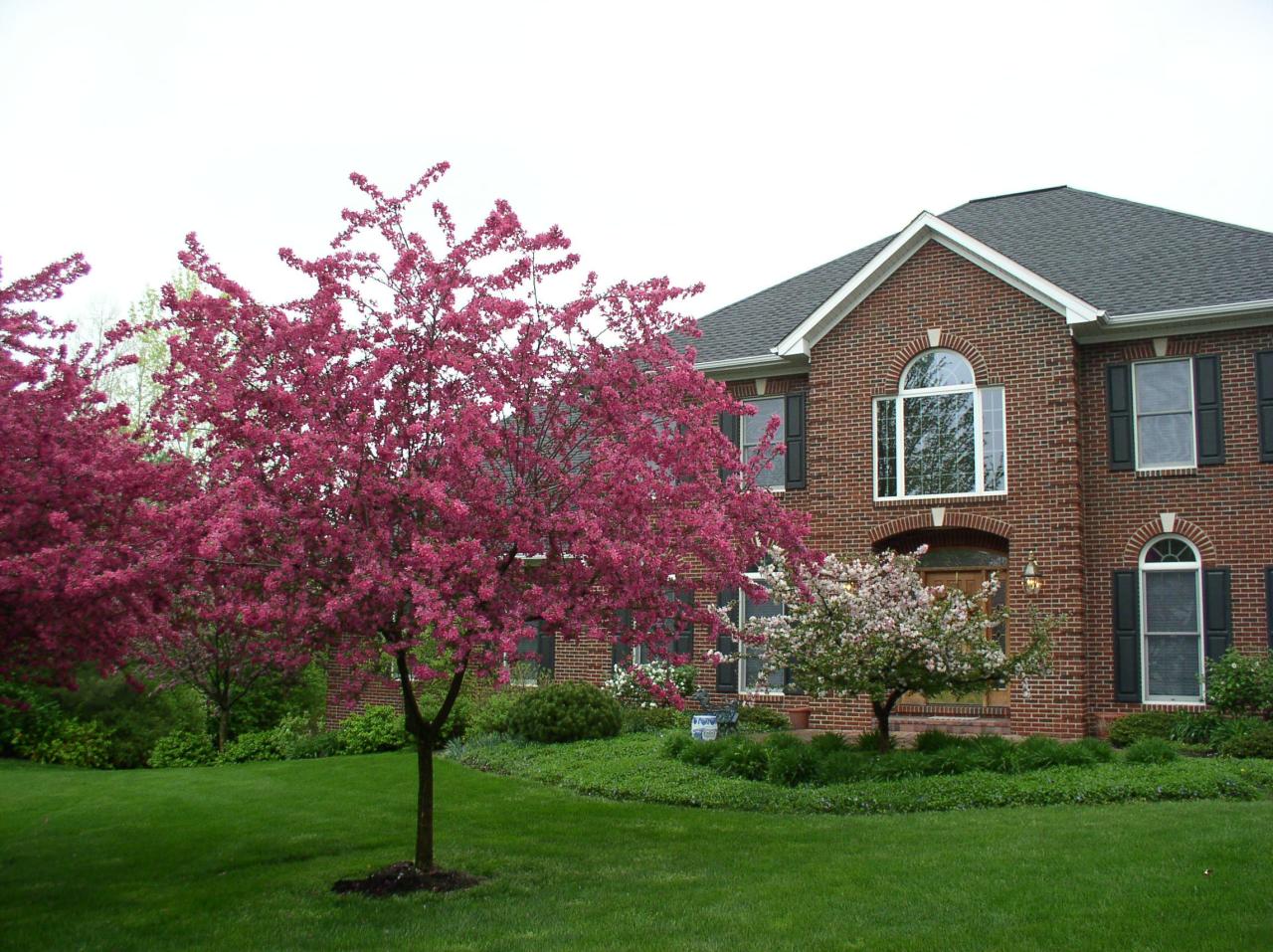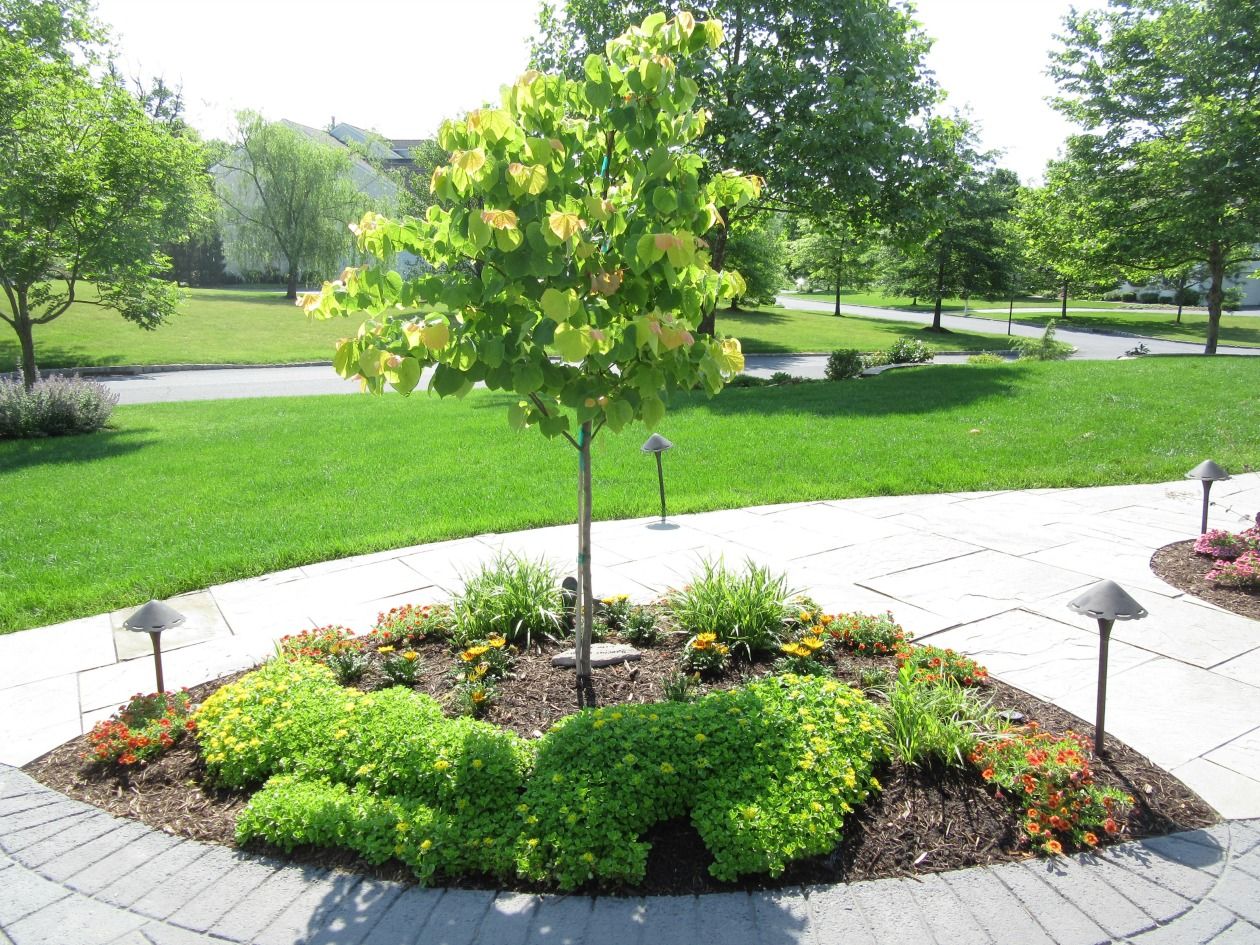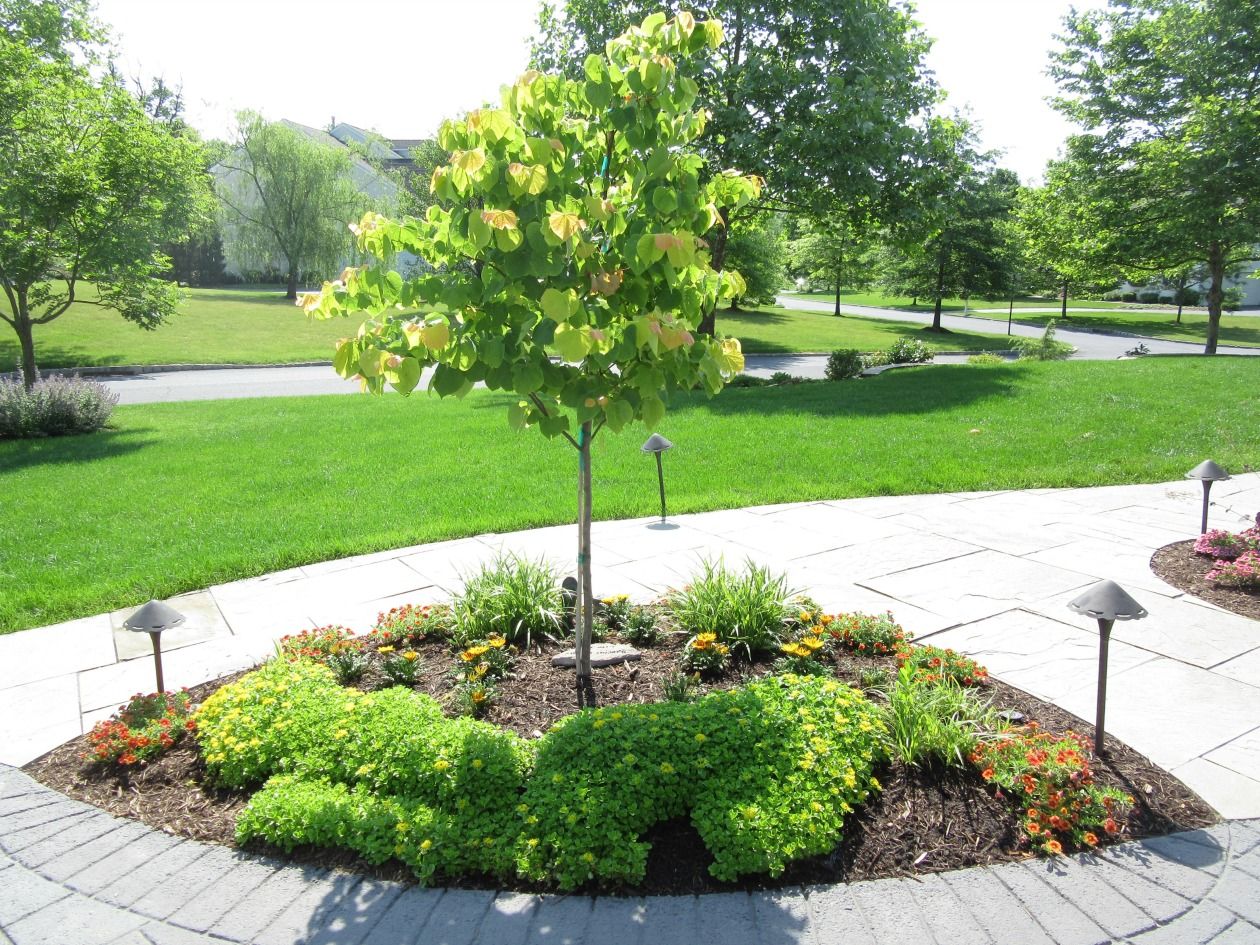When it comes to landscaping, decorative small trees hold a special place, offering endless possibilities for adding beauty and functionality to any outdoor space. This comprehensive guide will delve into the captivating world of decorative small trees, providing insights into their unique characteristics, planting techniques, and creative uses.
From the delicate Japanese maple to the stately boxwood, each variety of decorative small tree possesses its own charm and purpose. Understanding their distinct attributes is key to selecting the perfect tree for your specific needs and landscape design.
Decorative Small Tree Varieties

Decorative small trees are a popular choice for both indoor and outdoor spaces. They offer a variety of benefits, including adding color, texture, and interest to a space. They can also help to purify the air and create a more inviting atmosphere.
There are many different types of decorative small trees to choose from, each with its own unique characteristics and benefits. Some of the most popular varieties include:
Japanese Maple
- Known for its vibrant foliage, which turns brilliant shades of red, orange, and yellow in the fall.
- Prefers partial shade and well-drained soil.
- Available in a variety of sizes and shapes, making it a versatile choice for any space.
Crape Myrtle
- Produces showy flowers in a variety of colors, including pink, purple, and white.
- Tolerates full sun and heat, making it a good choice for warm climates.
- Can be trained into a small tree or shrub, making it a versatile option for different spaces.
Dogwood
- Known for its beautiful white or pink flowers, which bloom in the spring.
- Prefers partial shade and moist, well-drained soil.
- Available in a variety of sizes and shapes, including upright, spreading, and weeping varieties.
Choosing the Right Tree for Your Space
Selecting the ideal decorative small tree for your location requires careful consideration of several factors. By assessing sunlight conditions, soil characteristics, and desired growth size, you can ensure a thriving and visually appealing tree that complements your space.
Sunlight Requirements
- Determine the amount of sunlight your intended planting area receives daily.
- Full sun trees require at least six hours of direct sunlight per day.
- Partial shade trees can tolerate between four and six hours of direct sunlight.
- Full shade trees thrive in areas receiving less than four hours of direct sunlight.
Soil Conditions
- Assess the soil type and drainage of your planting area.
- Well-drained soil allows water to drain freely, preventing root rot.
- Some trees prefer acidic soil, while others thrive in alkaline conditions.
- Amend the soil if necessary to meet the specific requirements of your chosen tree.
Desired Growth Size
- Consider the ultimate size of the tree when selecting a variety.
- Measure the available space to ensure the tree has ample room to grow.
- Plan for future growth to avoid overcrowding or damage to surrounding structures.
- Smaller trees are suitable for compact spaces, while larger trees can provide shade and a focal point.
Creative Uses for Decorative Small Trees

Incorporate decorative small trees into landscaping designs with innovative ideas. Use them as focal points to draw attention, borders to define spaces, or privacy screens to create secluded areas. Explore unique containers, trellises, and topiary sculptures to enhance their aesthetic appeal and functionality.
Focal Points
Place small trees as central elements in garden beds or containers. Choose trees with striking foliage, colorful blooms, or interesting bark to create visual interest. Arrange them symmetrically or asymmetrically to achieve balance and harmony.
Borders, Decorative small trees
Plant small trees along pathways, driveways, or property lines to create borders. They define spaces, provide privacy, and guide visitors. Select trees with dense foliage or upright growth habits to create effective barriers.
Privacy Screens
Use small trees to create privacy screens around patios, decks, or seating areas. Plant them in rows or clusters to block unwanted views. Choose evergreen trees or those with dense foliage that provide year-round privacy.
Unique Containers
Enhance the appeal of small trees by planting them in unique containers. Choose containers made from materials like ceramic, metal, or wood to complement the tree’s style and the surrounding landscape. Consider using hanging baskets or wall-mounted planters to create vertical interest.
Trellises
Train small trees to grow on trellises to create vertical accents or privacy screens. Choose trees with flexible branches or those that can be easily pruned into desired shapes. Use trellises made from wood, metal, or bamboo to support the tree’s growth.
Topiary Sculptures
Create living sculptures by shaping small trees into topiary forms. Use pruning techniques to create geometric shapes, animals, or other artistic designs. Topiary sculptures add a touch of whimsy and sophistication to any landscape.
Outcome Summary

Whether you’re a seasoned gardener or a novice enthusiast, this guide to decorative small trees will empower you to create stunning outdoor spaces that reflect your personal style and bring years of enjoyment. Embrace the transformative power of these versatile trees and let them become the focal points of your landscaping dreams.
Essential Questionnaire: Decorative Small Trees
What are the most popular types of decorative small trees?
Popular varieties include Japanese maple, boxwood, crape myrtle, dogwood, and magnolia.
How do I choose the right decorative small tree for my space?
Consider factors such as sunlight, soil conditions, desired growth size, and available space.
What are some creative uses for decorative small trees?
Use them as focal points, borders, privacy screens, in containers, on trellises, or as topiary sculptures.

